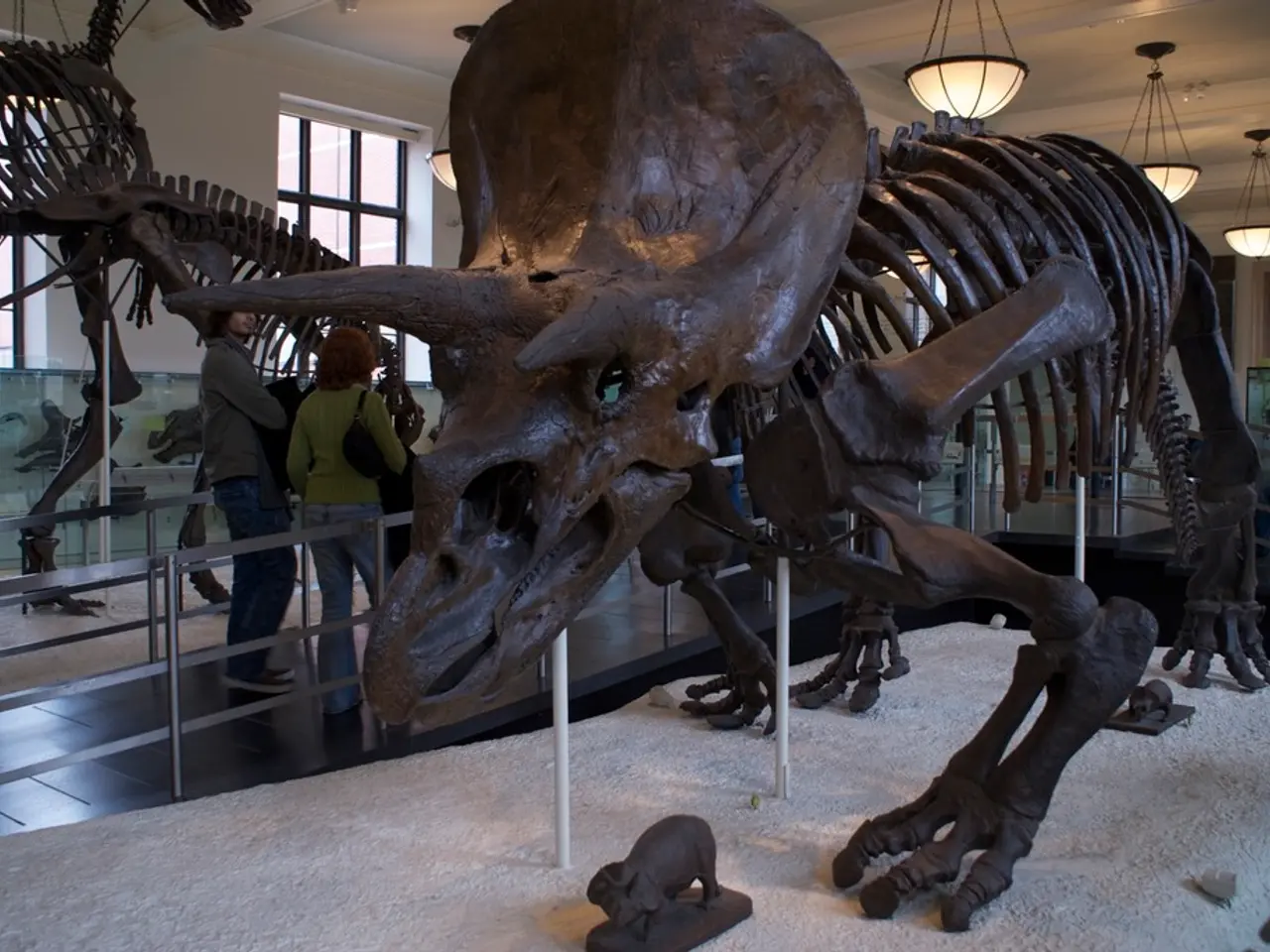A Collection of Historical Videos Showcasing Atlantic City Over Time
In the early 1900s, Atlantic City underwent a significant transformation, evolving from a modest seaside town into a nationally recognized resort. A major building boom saw the emergence of grand hotels like the Marlborough-Blenheim, Traymore, Brighton, Chelsea, and Ritz Carlton, each with its unique architectural style [1].
The 1920s, despite Prohibition, marked Atlantic City's "golden age" for tourism. The city gained a reputation as "The World's Playground" due to Mayor Edward L. Bader's projects, which included building Bader Field airport, a high school stadium, and launching the Miss America competition [1].
From the 1930s to the 1960s, Atlantic City became famous for its vibrant nightclubs, especially on Kentucky Avenue, a lively entertainment district for both white and Black communities [1]. However, post-World War II, the city began to decline due to factors such as increased car ownership, home air conditioning, private pools, and the rise of inexpensive flights to destinations like Miami Beach. Many large hotels became vacant or were converted into apartments in the late 1960s, with many demolished in the 1970s and 1980s to make way for casinos [1].
The 1960s were a tough period for Atlantic City, with the city experiencing a prolonged economic decline that hit rock bottom during this period. Footage from 1961 shows how deserted the streets and boardwalk had become [2]. The city, however, adapted its tourism to attract an 'adult market' in response to the popularity of budget holidays to destinations like Miami and the Caribbean [2].
The 1970s and 1980s saw a turning point for Atlantic City. In 1976, a referendum approved the legalization of gambling in the city, paving the way for its future as a gambling destination [3]. The first legal casino on the eastern seaboard, Resorts, opened on May 26, 1978, following the renovation of the Chalfonte-Haddon Hall Hotel [3]. The 1980s also saw the arrival of high-profile resorts like Sands, Playboy, Harrah's, Tropicana, Golden Nugget, Caesars, Bally's, and Trump Plaza and Trump Marina, boosting the city's economy [2].
Donald Trump, the current US President, entered the scene in the 1980s with the opening of the Trump Plaza and Trump Marina, further boosting the city's economy [2]. The 1990s marked the completion of a journey from the highs of the early 20th century through the economic decline of the 1950s and 1960s, to the rejuvenation in the latter years of the century in Atlantic City [2].
The 1990s also saw the arrival of the Golden Nugget and the revival of Atlantic City's fortunes. Tourists flooded the city from all over the world during this period to visit the world-renowned casinos located on the boardwalk seafront [2]. The 1990s also witnessed the opening of the Trump Taj Mahal and Trump World's Fair, increasing Trump's financial investment in the city [2].
The evolution of Atlantic City in the 1900s was marked by significant growth, cultural development, economic change, and a progressive evolution into an enjoyable gambling destination. From a modest seaside town to a nationally recognized resort and, later, a world-renowned gambling destination, Atlantic City's story is one of resilience and transformation.
[1] Mangan, J. (2016). Atlantic City: A Gambling Town, USA. Arcadia Publishing. [2] North, J. (2008). Atlantic City: The Rise and Fall of America's Playground. Rutgers University Press. [3] Snyder, R. (2012). Atlantic City: The Rise and Fall of America's Playground. Thomas Dunne Books.
- In the 1970s and 1980s, Atlantic City underwent a significant transformation once again, this time shifting its focus towards casino-and-gambling, claiming a place as a popular gambling destination.
- The infusion of casino culture into Atlantic City's landscape resulted in the emergence of numerous casino games, attracting a vast crowd of enthusiasts seeking entertainment.
- Apart from casino games, sports-betting became a popular trend, with American football leagues such as NFL and NCAA football drawing numerous bets from sports fans.
- Interestingly, during the 1920s, Atlantic City was also known for its vibrant nightclubs on Kentucky Avenue, offering a diverse range of entertainment options for its visitors.
- As the city evolved, it gained recognition as a lively hub for casino culture, but its roots can also be traced back to its early 1900s identity as a nationally recognized resort.
- Over time, Atlantic City has showcased a progressive transformation – from a modest seaside town to a renowned resort, and later, to a world-acclaimed gambling destination.
- The casino industry and sports-betting arenas in Atlantic City not only contribute to its economy but have also played a significant role in shaping the city's unique casino-games culture, further enhancing its status as a prominent entertainment spot, much like the blog-centric online world that draws visitors around the globe for various interests and amusement.




